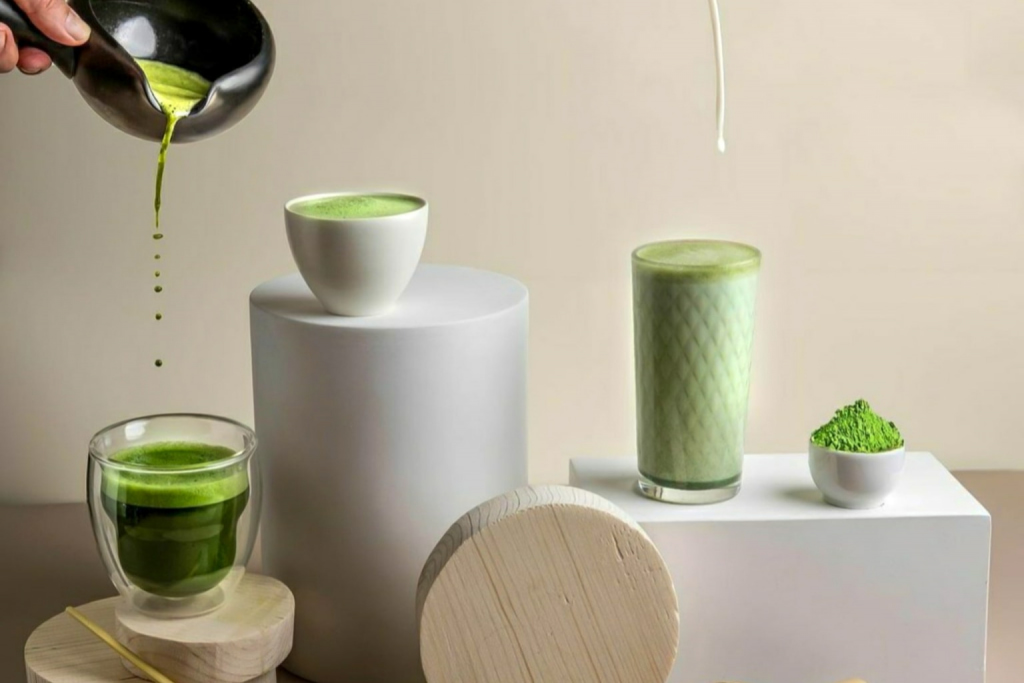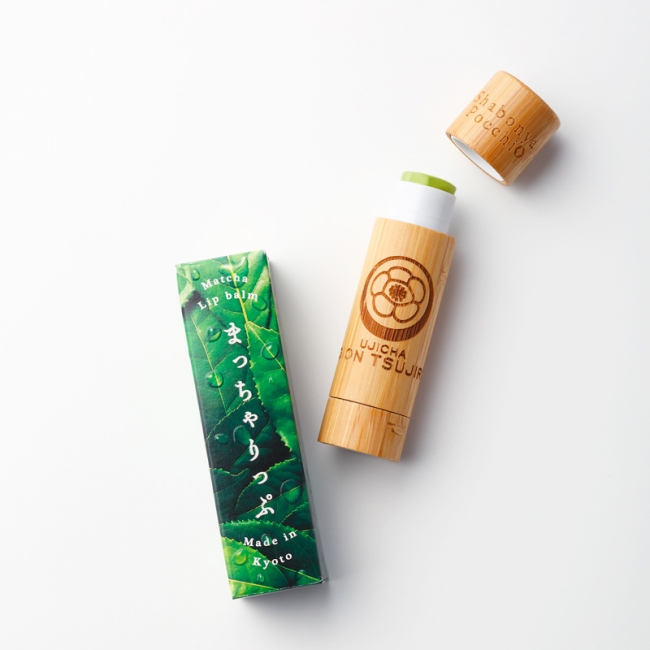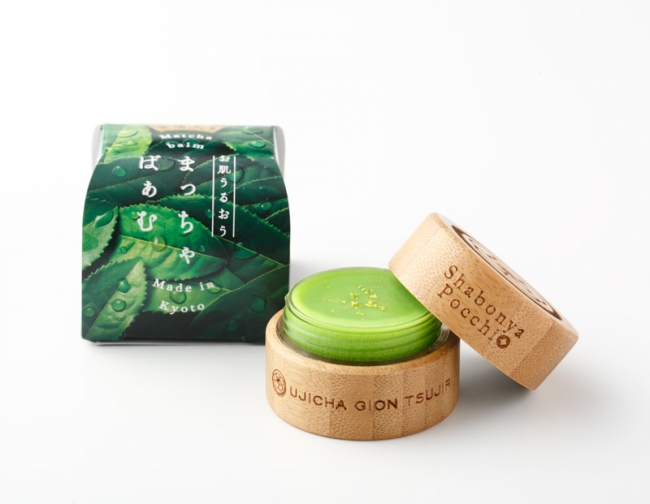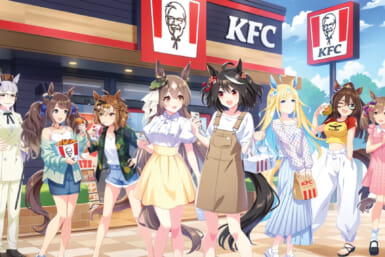No matter what flavor drinks pop out throughout the year, Japan’s love for matcha remains unmatched. It’s a love that gave birth to a whole ceremony around making and drinking the beverage. Matcha keeps up with trends — from matcha lattes becoming world-famous to matcha desserts on the tables of high-end restaurants.
Matcha KitKats and other matcha chocolates are already favorite souvenirs. Almost any drink and dessert can get a matcha makeover: matcha ice cream, matcha tapioca tea, matcha cake, matcha tiramisu and matcha cheesecake to name but a few. While these are all great, it’s also interesting to try things that are a bit more unique such as matcha ramen or matcha gin. We’ve rounded up some creative ways to enjoy matcha that are trending in Japan.
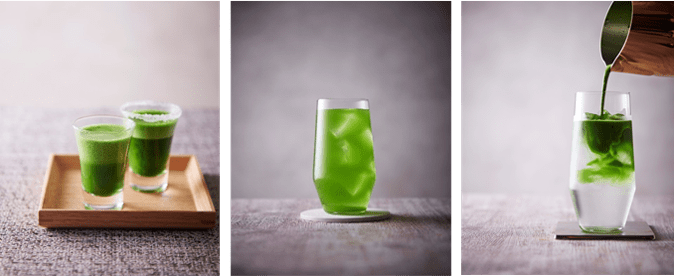
1. Matcha Water
This might sound like a misunderstanding — after all, matcha is made of water and tea powder anyway. However, matcha water is indeed a different drink, just like lemon water is different from lemonade. Atelier Matcha in Ningyocho, Nihonbashi, serves matcha water made with cold brew matcha. There’s also matcha and lychee water as a seasonal summer drink. Atelier Matcha offers a whole host of creative matcha drinks on the menu from espresso-style shots of matcha, to matcha yogurt granola, matcha jelly cider, matcha affogato and more.
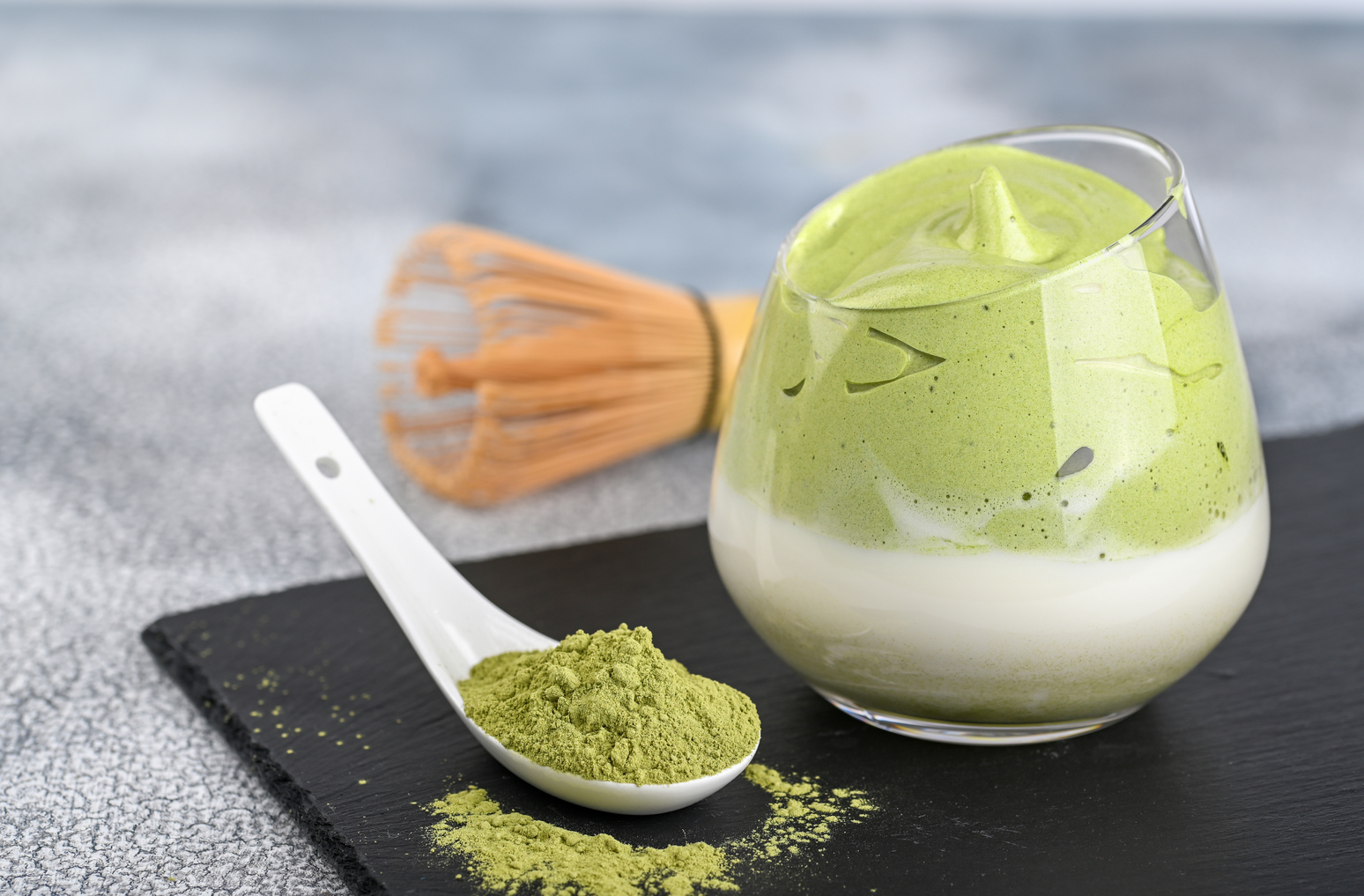
2. Matcha Dalgona Latte
The whisked-to-stiff-peaks sweet and rich dalgona coffee took the world by storm in 2020. The drink was popularized in South Korea, with some of its origins traced back to India. In Japan it also got a matcha twist. This trend boomed at the start of the Covid-19 pandemic, when more people were making it at home rather than drinking it at trendy coffeeshops. At the height of dalgona’s popularity, Mother’s Market, a Japanese brand, launched an instant dalgona powder that doesn’t require as much whisking. So, instead of going out to look for matcha dalgona latte, it’s best to make it at home.
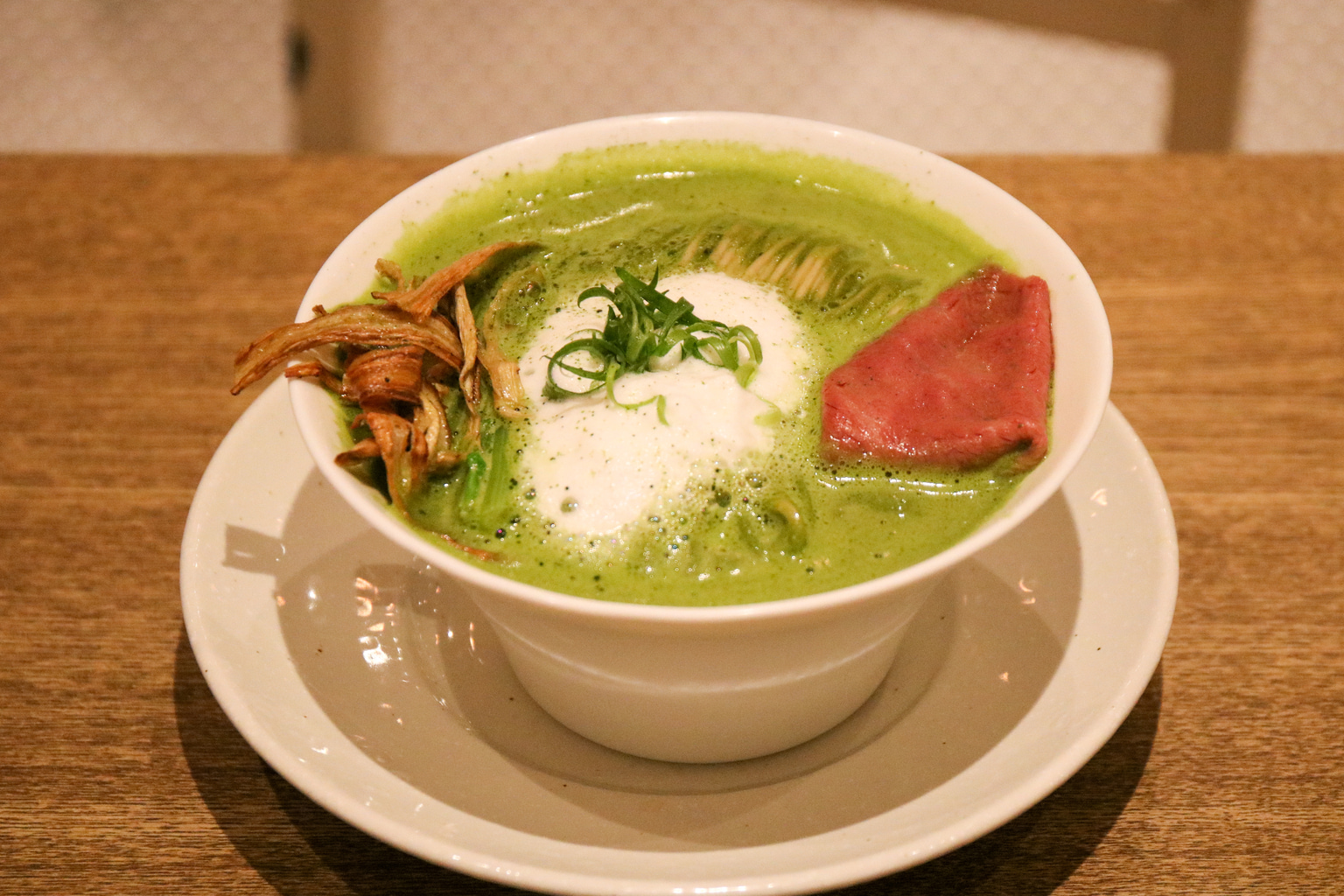
3. Matcha Ramen
Usually sweetened or combined with sweets, it’s unusual to find matcha in savory food aside from matcha salt sprinkled on tempura. There is ochazuke in Japanese cuisine, a rice bowl finished with green tea or dashi, but it uses clear sencha that’s different from matcha.
That’s where Mensho San Francisco Shinjuku comes in with one of its many creative ramen concoctions. The ramen shop’s bright green foamy matcha ramen combines matcha and light creamy chicken broth for a very tasty result. It’s savory and smooth, the matcha flavor very gentle and with just a hint of a powdery texture. It’s topped with a mouthwatering piece of wagyu beef for the ultimate Japanese culinary experience.
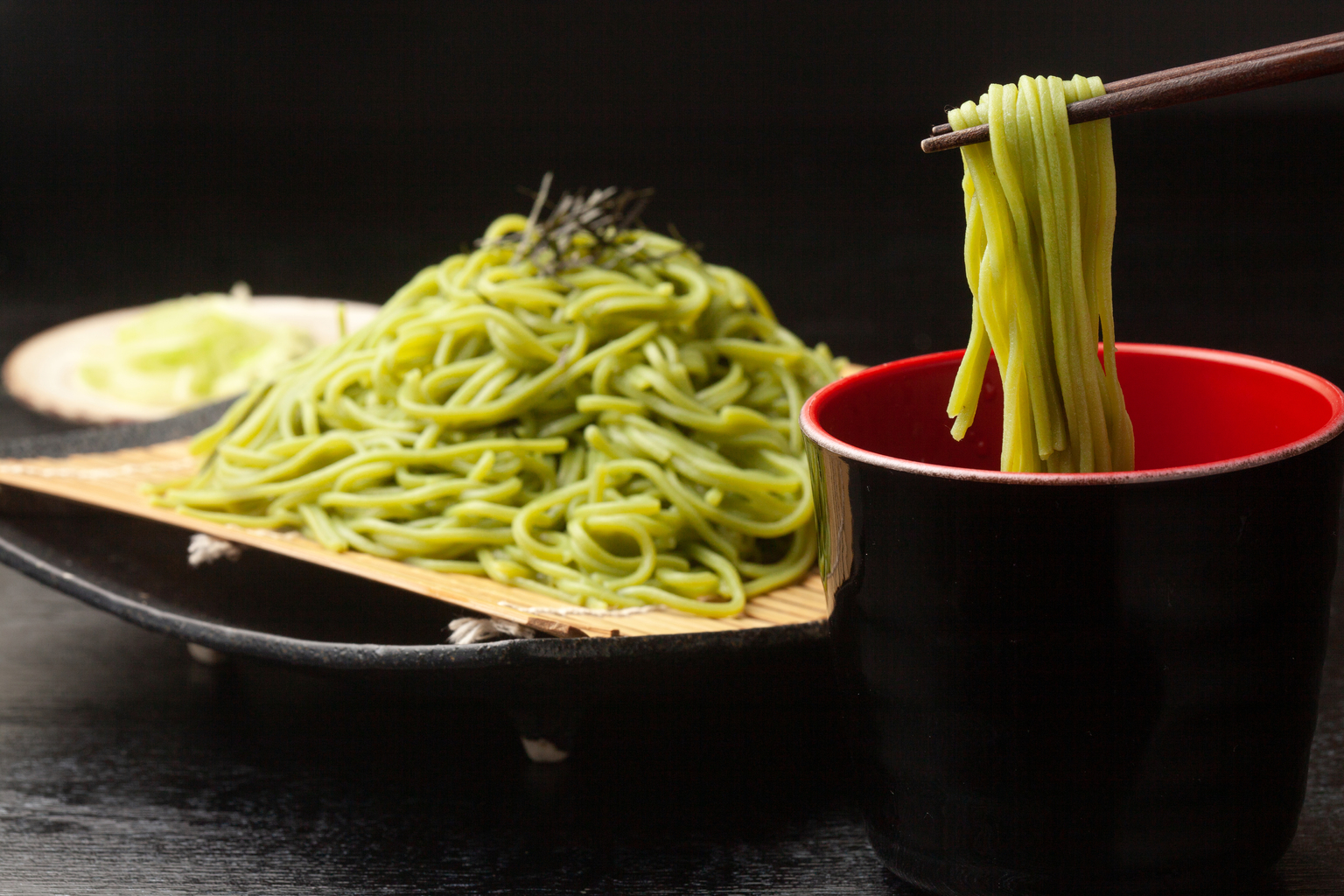
4. Matcha Soba
Chasoba (the common nickname for matcha soba) is a variety of buckwheat noodles that are kneaded together with matcha powder. The noodles have a greenish color and a slight tea fragrance and are usually served cold and without broth. Unlike the matcha ramen concoction, chasoba is a more established tradition. You can come across the chilled noodle dish more often in summer, but you can also buy dry chasoba noodles in the supermarket.
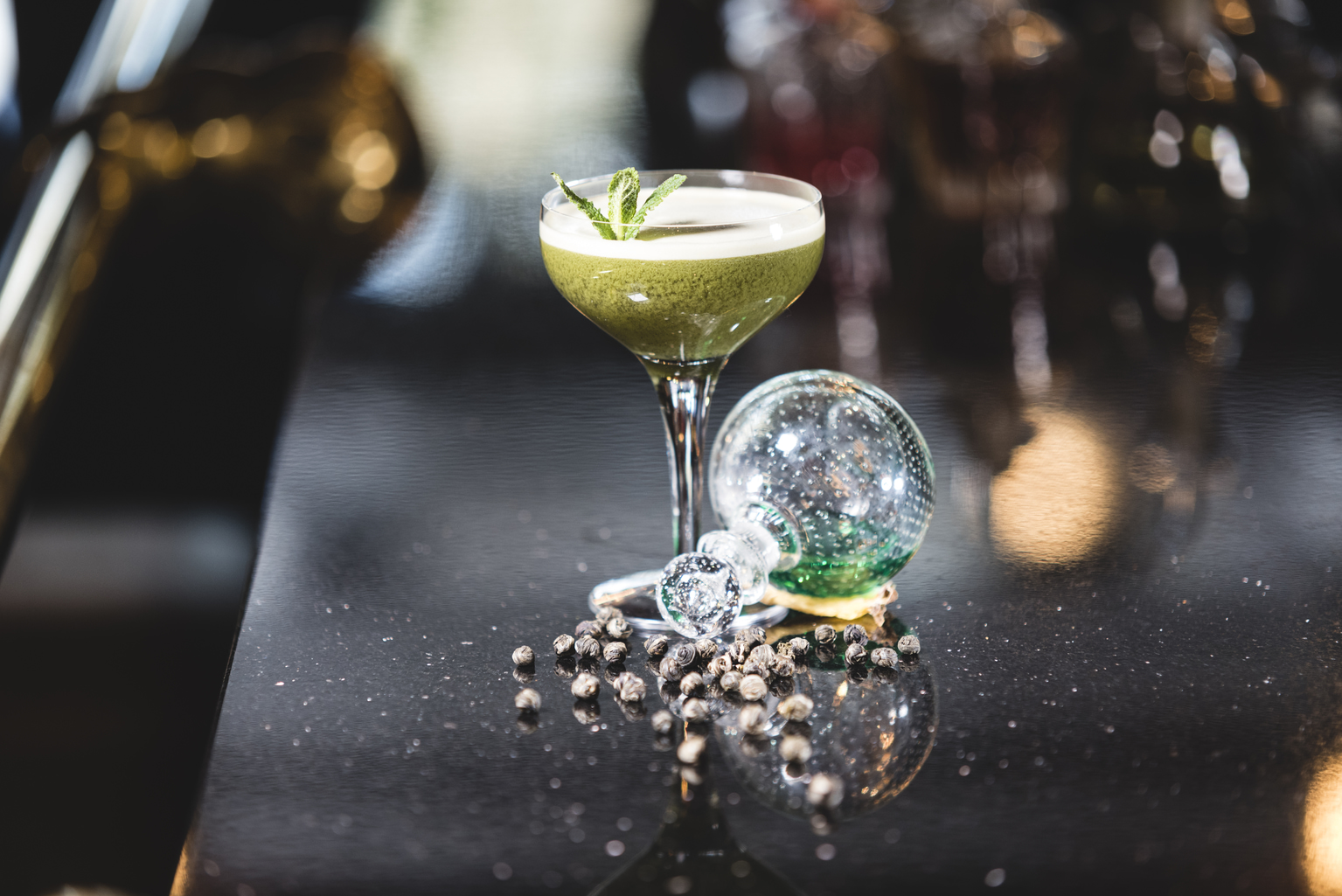
5. Matcha Cocktails
Tea is an excellent alcohol replacement in non-alcoholic cocktails, giving the drinks depth and complexity. Fragrant deep roasted hojicha is a favorite, but also sencha and matcha are often used in cocktails in Japan. Paired with alcohol, matcha can brighten up a drink both in taste and color.
Simple tea cocktails are easily available on menus in Japan in the shape of ryokucha-hai (green tea flavored chuhai) or oolong-hai. More adventurous bars often serve matcha beer, matcha mojito and matcha gin and tonic. Cocktail recipes can get as creative as you’d like as matcha plays well with fruits and milk.
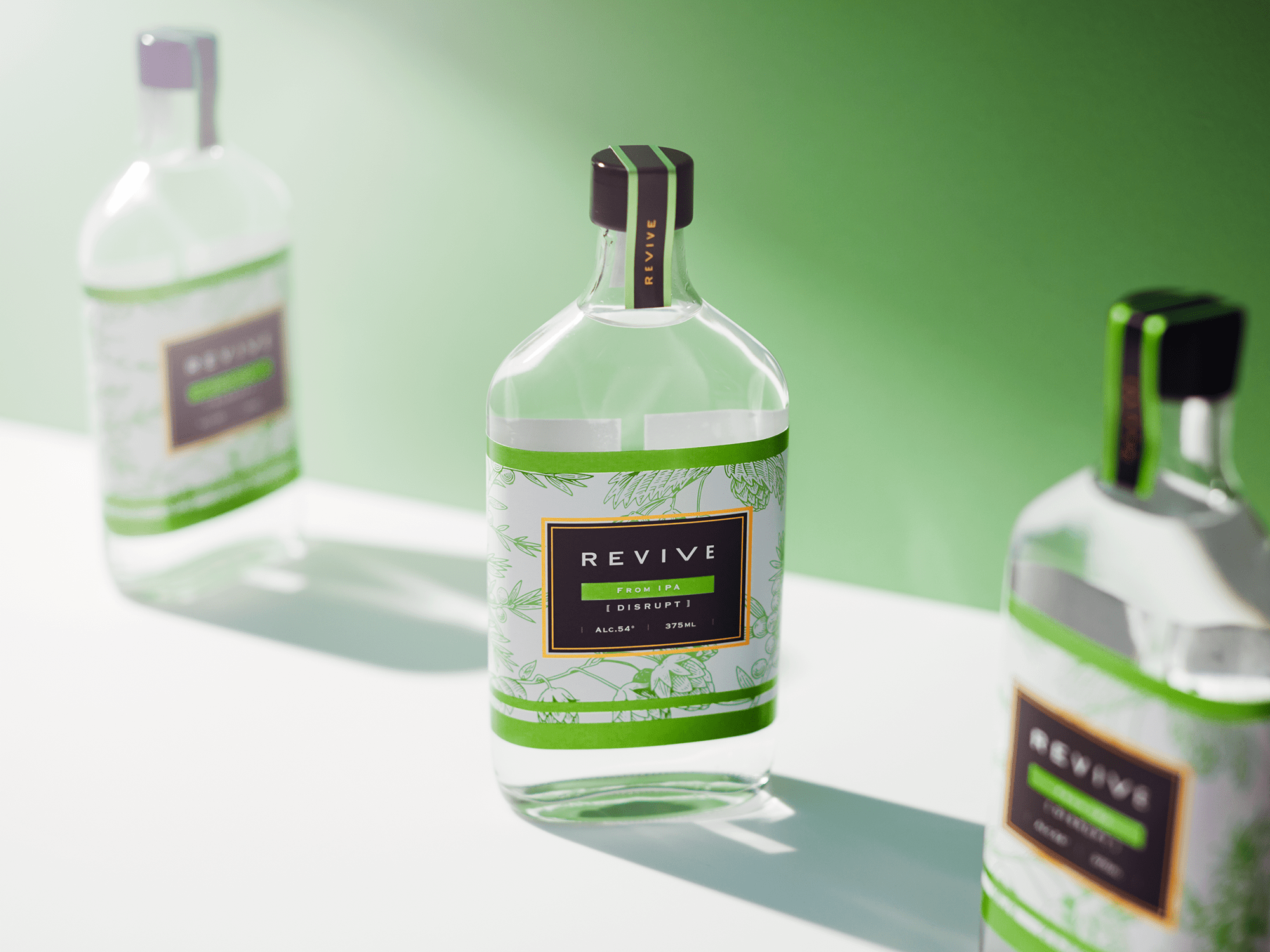
6. Matcha Gin
While we’re on the topic of alcohol, matcha is often one of the key botanicals added to Japanese craft gin. Many distilleries use it, alongside shiso, sansho pepper and other Japanese ingredients. Kyoto Shuzo and Ethical Spirits & Co. are just two of the distilleries that have matcha-infused gin in their line-ups. The matcha notes are usually subtle, so for a stronger matcha punch, it’s best to combine it with tea syrups in cocktails.
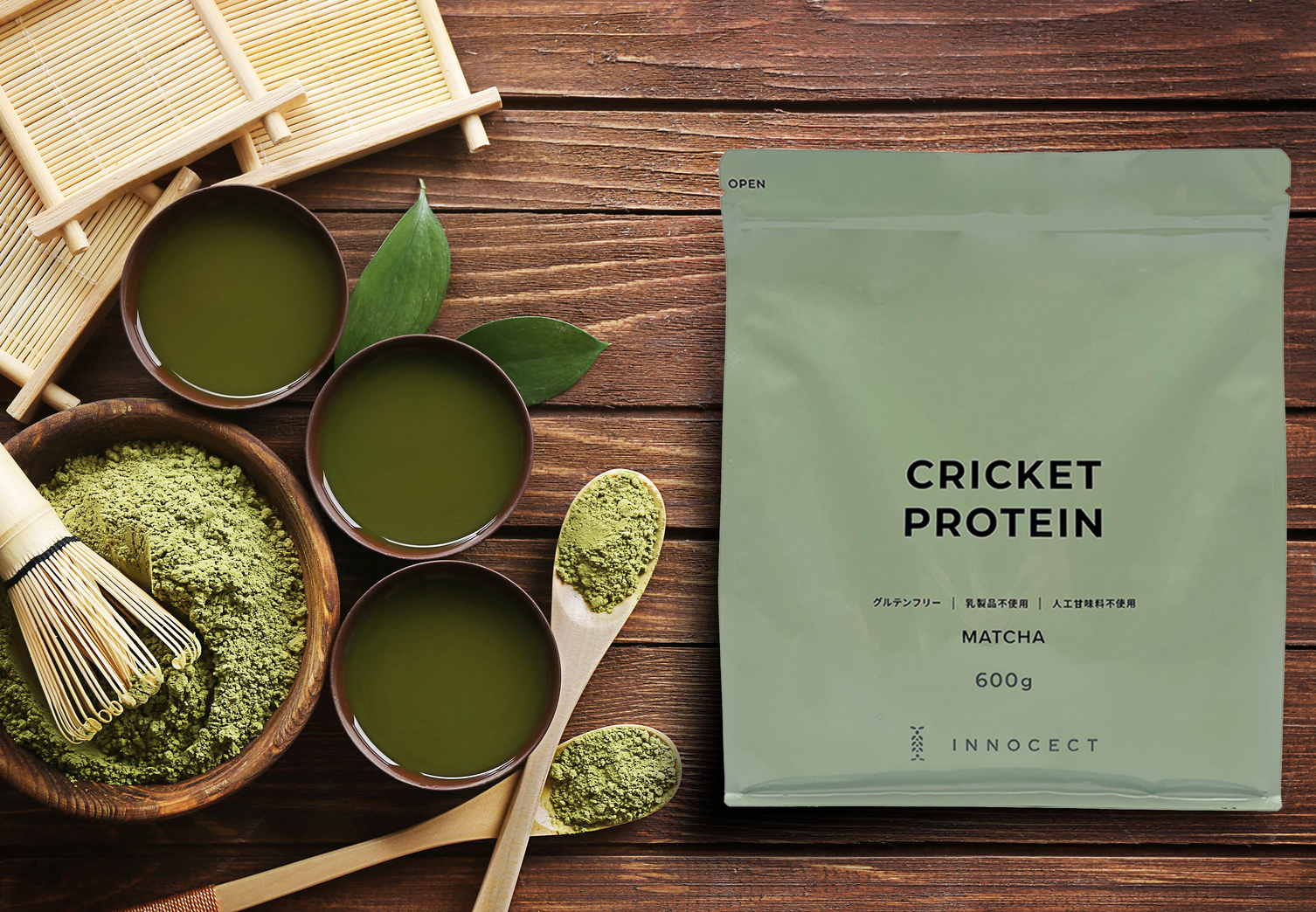
7. Matcha Protein Powder
Protein powder often comes in flavors such as vanilla or chocolate. In Japan, there is a matcha option that not only brings in a new flavor, but has all the health benefits of matcha too. Several companies have come out with matcha protein powder recently, such as Koredake, Mariness, Alpron, Konami Sports and Eume, a brand collaborating with Pullman Tokyo Tamachi Hotel. Nova Scotia too, a Canadian brand, entered the Japanese market by offering matcha protein powder.
Innocect, a brand that focuses on sustainability and future innovation, stands out in the matcha powder lineup. Innocect mixes crickets and pea protein for a sustainable alternative. The company also makes protein bars and coffee with cricket powder.

8. Matcha Towels
Ingesting matcha is usually how we enjoy its great taste and numerous health benefits. There are, however, other ways to enjoy matcha too and one of them is through towels. The catechin in matcha is found in many medicinal plants and it is thought to ward off infection.
Fukuroya is a company crafting towels dyed with natural materials and one of its popular products is the matcha towel. Fukuroya collaborated with Tsutaya Bookstores for a recent pop-up store in Nara. Ippinka is one company that sells the matcha-infused towels internationally and other companies have been creating similar products and Kickstarter campaigns.
9. Matcha Cosmetics
The health benefits of matcha have also earned it a spot on the ingredient list of many cosmetic products. There are too many to list, but here are some highlights. Gion Tsujiri is a Kyoto-based company that uses the famed high-quality Uji matcha in products such as lip balm. Yojiya, another legendary Kyoto company known for its blotting paper omiyage, has a matcha blotting paper product. Kitao Matcha also bases most of its products on matcha and ships internationally.
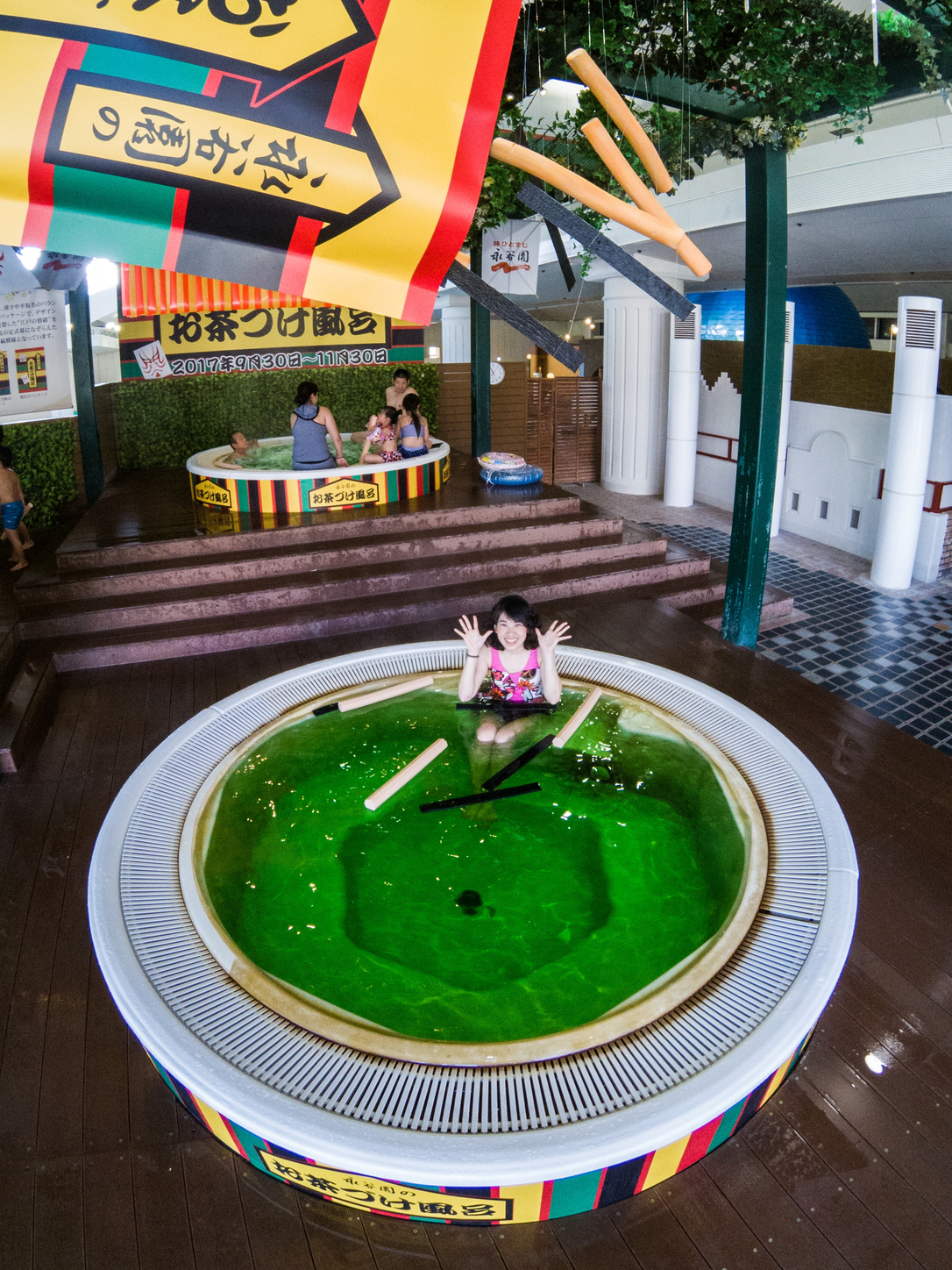
Editorial credit: tipwam / Shutterstock.com
10. Matcha Bath
When you love something, you wish you could bathe in it. We suppose that was how tea baths originated in Japan. The most famous place where you can immerse yourself in liquids other than water is Yunessun Spa in Hakone. It’s famous for its baths with green tea, coffee, sake, wine and more. There’s a green tea bath and tea ochazuke one. Both are touted as being very good for people’s skin, circulation and overall health.
Note that the bath contents are water mixed in with aromatics and tea. Drinking the liquid is prohibited.

